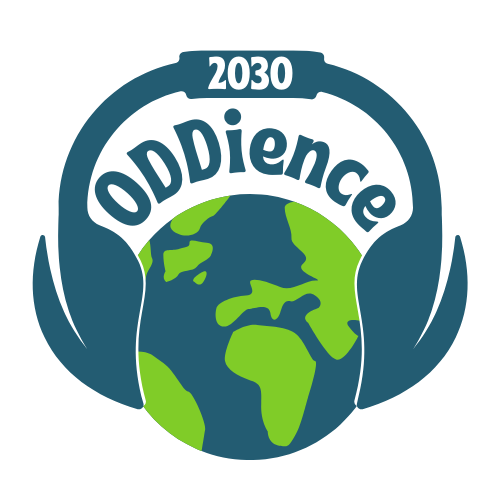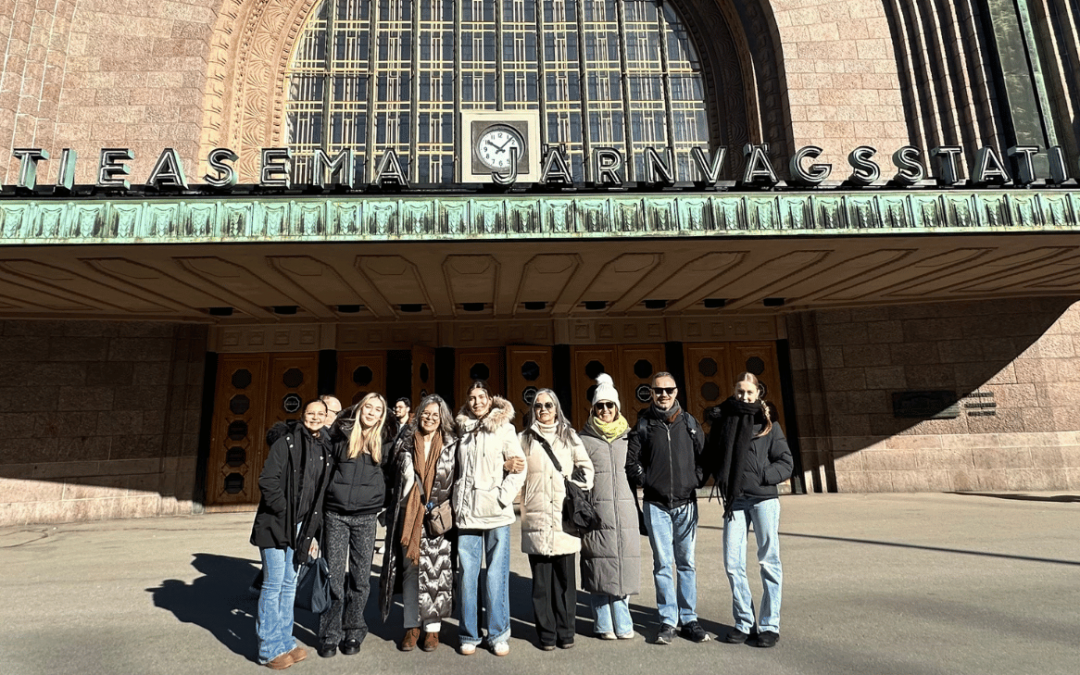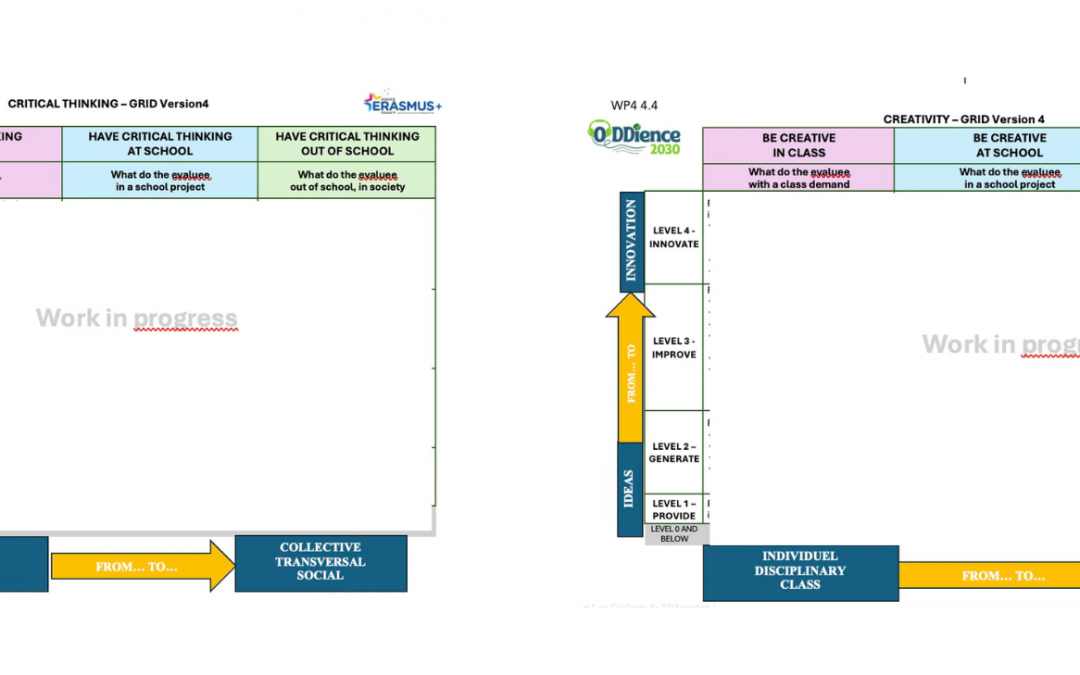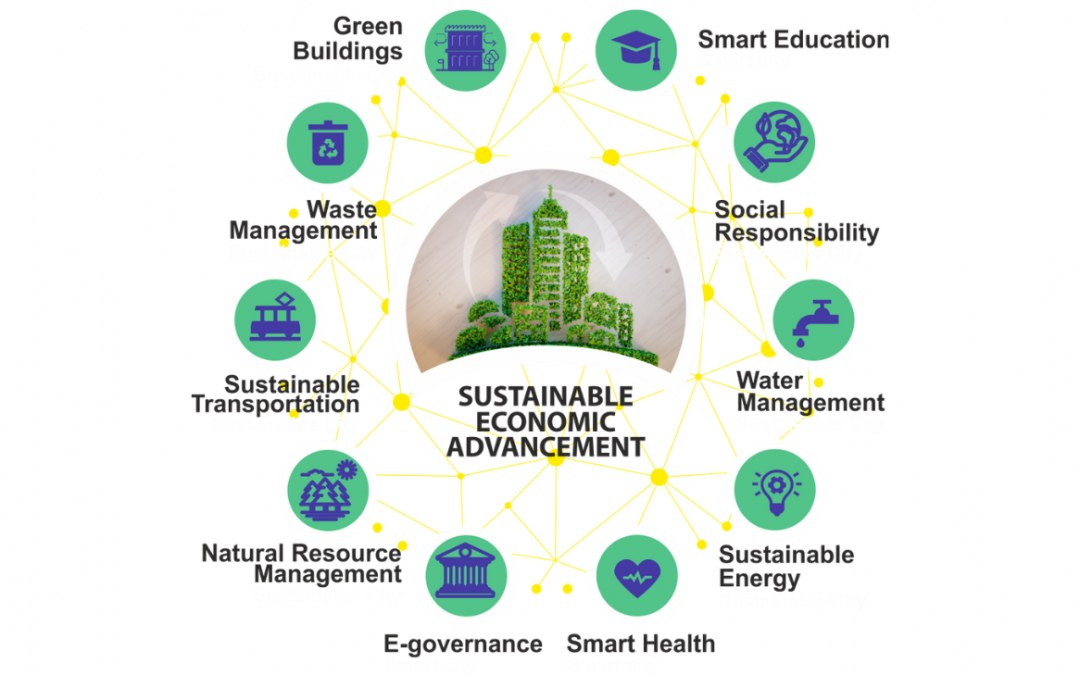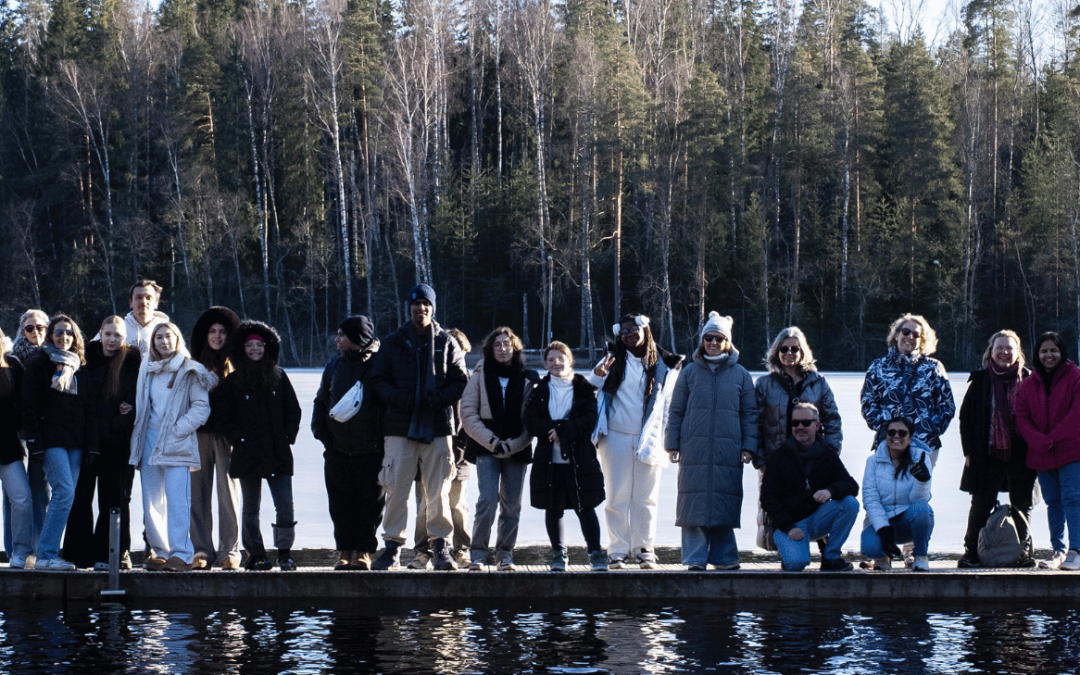
A trip from Vantaa to Ivalo to explore creativity
By Dr Beena Nayaken, The Universal School Ghatkopar
A trip from Vantaa to Ivalo to explore creativity
Emphasis on sustainable education
In the heart of Vantaa, at the Vaskivuori school, educators took a step towards a more sustainable future by participating in the eLab Prototyping Program for Teachers.
This program focused on innovative teaching methodologies with an emphasis on sustainable education, greenhouses, and urban gardens.
The teachers also engaged in job shadowing and an immersive art class, gaining valuable insights into creative teaching approaches.
At the Vaskivuori school
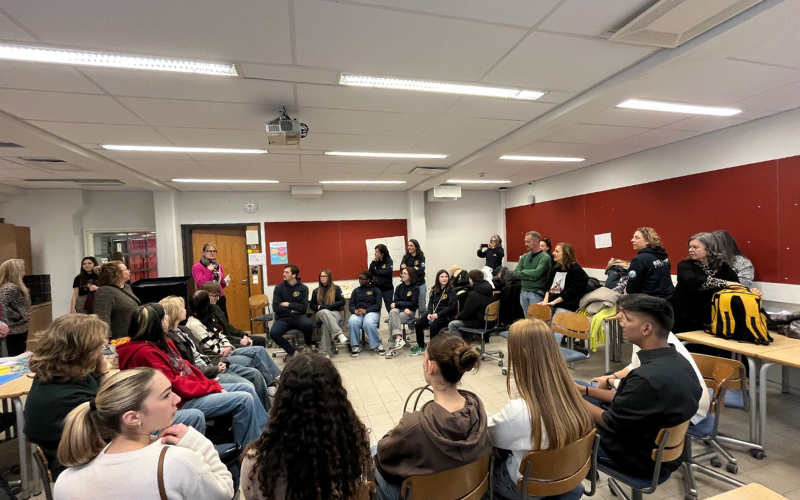
A vibrant exchange of knowledge and culture
Students had a remarkable opportunity to collaborate with peers from India, France, Finland, and Portugal, presenting materials from their respective countries.
They actively participated in Art, Dance, Music and hands-on learning sessions, fostering a vibrant exchange of knowledge and culture. To complement their learning experience, an outdoor hiking trip by Kuusijärvi Lake provided a refreshing connection with nature.
Intersection of arts and community engagement
In Ivalo, Lapland, participants embarked on a unique educational adventure.
The CampFire Social Arts Work initiative provided deep insights into the intersection of arts and community engagement. A visit to a wildlife rescue centre allowed participants to understand conservation efforts up close.
A highlight of the trip was a mesmerizing performance by an indigenous Saami artist and songwriter, Ms. Heli Aikio, composer of Livde, celebrating the rich cultural heritage of the region.
The journey continued with an exhilarating crossing of a frozen river to visit a school that champions sustainable ergonomics—a testament to innovative educational design.
The adventure concluded with a visit to the prestigious Sami Siida Museum, which was recently honored as the European Museum of the Year 2024. This museum serves as a vital hub for preserving and sharing Saami culture and history.
This extraordinary experience was facilitated by Ms. Andreea Gatman from ActonLearning, providing educators and students with an incredible opportunity for learning, cultural sharing, and exploration of new teaching methodologies.
Such initiatives not only enhance educational practices but also foster global collaboration, sustainability awareness, and intercultural understanding, paving the way for a more informed and connected world.



